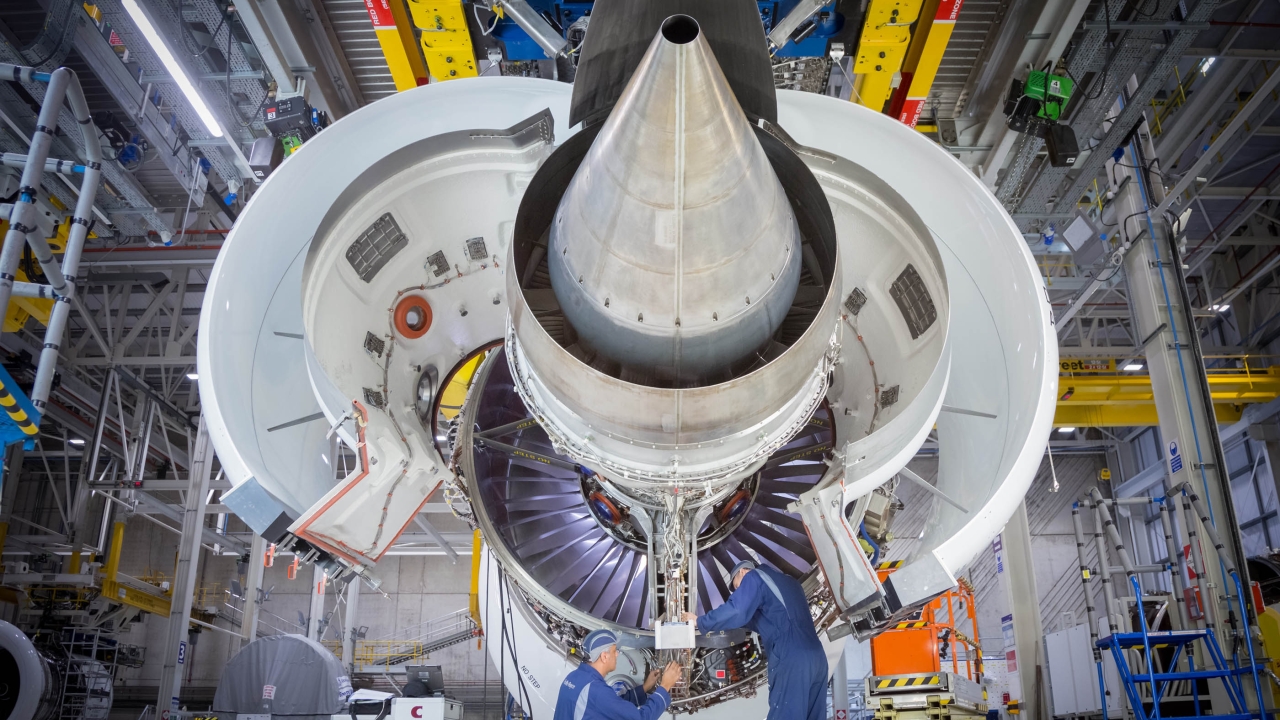Airlines Assoc. of Southern Africa urges SADC governments to align policies

The industry body, which represents most of the airlines registered in the SADC and Indian Ocean region,proposed the establishment of a forum, or forums, where regional governments and the air transport industry could engage constructively on policies that impact on commercial air transport and eliminate impediments to trade, tourism and economic growth and close gaps that exist between Government policy and commercial air transport industry strategies.
Addressing AASA’s 2014 Annual General Assembly currently underway in Mauritius, the association’s CEO, Chris Zweigenthal described how well-intentioned butsometimes conflicting policies on transport, trade, immigration, tourism, taxation, and environmental affairs, among others, diminish the region’s competitiveness and attraction as a destination for business.
“The confusion and mixed signals transmitted by governments also compound the many other challenges which the industry faces, including high costs of jet fuel, infrastructure, safety, security and the environmental costs, constraints on ownership, control and market access, all of which impact the region’s airlines’ sustainability and growth. As a result, they blunt the region’s ability to stimulate trade, tourism and economic growth, both nationally and regionally,” he said.
Zweigenthal explained that “successful airlines such as those in the UAE and in Kenya and Ethiopia for example, reflected clear, aligned economic growth strategies and policies and airlines from those states areexperiencing unprecedented growth and profitability. If we are serious about growing our economies, then governments and the airline industry must constructively engage to ensure that existing and future policies are conceived and implemented so that they do not have unintended negative consequences.”
AASA proposes that such forums be held six monthly or annually so that they would let governments notify airlines of proposed new policies.
“Reciprocally, they would enable industry to work with governments by alerting them to any conflicts, problems or threats these new policies might pose to the industry so that together, they can resolve to find the best workable approaches. A good example of how this could work is the encouraging engagement between South Africa’s Department of Home Affairs and industry on the implementation of the new Immigration Regulations in South Africa”, Zweigenthal noted.
To put the threat posed by poor policy making into context, there are 24 major airlines in the SADC and Indian Ocean region. They operate a combined fleet of 268 aircraft and between them, they carried 25.5 million passengers last year. AASA foresees this number of passengers rising to just over 26 million in 2014 and to 30.3 million by 2018. This is based on the World Bank’sregional air transport growth forecasts of 1.89% for this year, 3.36% in 2015 and climbing to 4.17% by 2018. But it expects profit margins to remain paper-thin.
“The tide appears to have turned and we cautiously expect growth of between 2% and 4% over the next four years, tempered by South Africa’s predicted sluggish annual GDP expansion of less than 2% for at least the next year. Elsewhere in the region, growth is between 4% and 6%, but certain markets have the potential to even touch double-digit annual GDP growth. But we could be doing even better if the regulatory and policy environment was more conducive to growth and let airlines focus on doing the business instead of being almost permanently fixated on survival”, said Zweigenthal.
Of the region’s carriers, nine are currently profitable, nine are not, while the financial status of the remaining six remains undisclosed. Twelve of the region’s airlines are engaged in turnaround strategies, restructuring or busy launching their operations.
Stay up to date
Subscribe to the free Times Aerospace newsletter and receive the latest content every week. We'll never share your email address.

